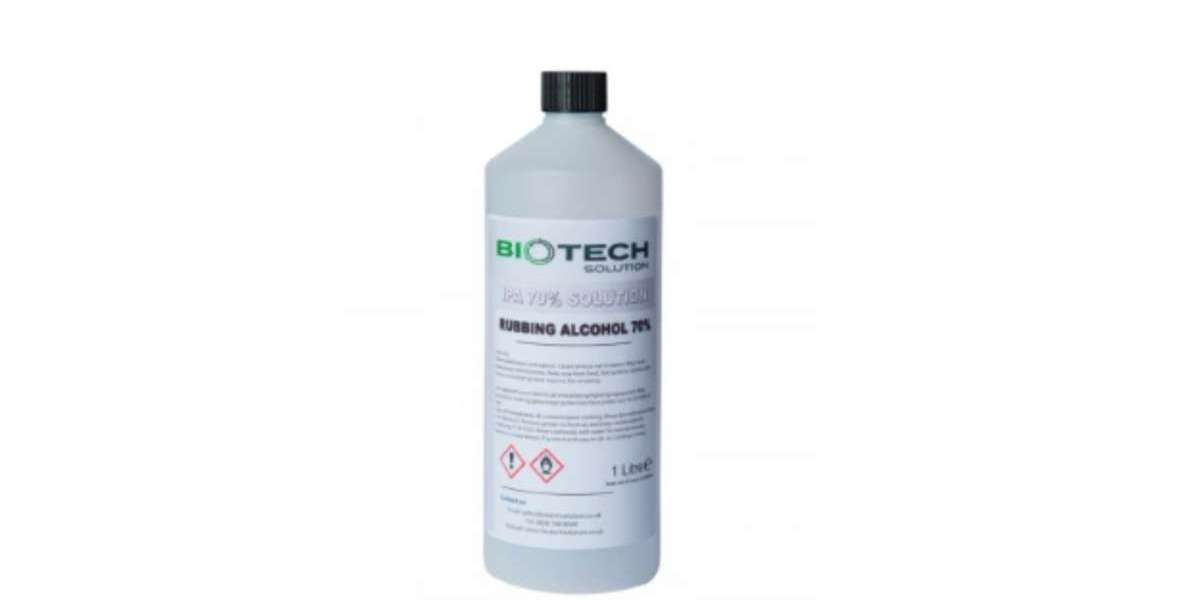The Automotive Gear Market relies heavily on a complex and globalized supply chain network, spanning raw material procurement, precision machining, surface treatment, and distribution. As the demand for high-performance and lightweight gear systems increases—driven by the shift toward electric vehicles (EVs), stricter emission norms, and performance requirements—understanding supply chain dynamics and material trends has become more critical than ever.
This article explores the evolving supply chain landscape, raw material trends, and their impact on cost, availability, quality, and innovation in the Automotive Gear Market from 2025 to 2030.
Key Raw Materials in Gear Manufacturing
1. Alloy Steels
Most common material for transmission, differential, and steering gears.
Types include chromoly steel, carbon steel, boron steel, and case-hardened alloys.
Known for durability, high torque handling, and resistance to wear and fatigue.
2. Powder Metal (PM) Alloys
Used for precision sintered gears with minimal material waste.
Suitable for low to mid-load applications, including hybrid and electric drivetrains.
3. Aluminum and Magnesium Alloys
Applied in gear housings and limited gear components.
Valued for their lightweight and thermal conductivity properties.
4. Engineering Plastics and Composites
Used in low-torque, low-noise systems such as wipers, HVAC, and seat adjusters.
Examples: Nylon 6,6, POM (polyoxymethylene), and carbon-fiber composites.
Global Supply Chain Structure
| Stage | Key Players | Regions Active |
|---|---|---|
| Raw Material Sourcing | ArcelorMittal, Nippon Steel | China, India, Brazil |
| Forging & Casting | Bharat Forge, Hitachi Metals | India, Japan, South Korea |
| Gear Machining & Finishing | Bosch, ZF, Dana, Timken | Germany, USA, Mexico |
| OEM Distribution | Toyota, GM, Volkswagen, Hyundai | Global |
| Aftermarket & Retail | Valeo, GSP Automotive, Moser Eng. | U.S., EU, Asia-Pacific |
Automotive gear production often includes tiered subcontracting, with multiple suppliers feeding into OEM or Tier-1 systems.
Trends Impacting Raw Material Supply
1. Steel Price Volatility
Global steel prices have seen sharp fluctuations due to:
Geopolitical tensions
Supply chain disruptions (e.g., pandemic, Russia-Ukraine war)
Environmental restrictions on blast furnaces in China
2. Demand for Lightweight Alloys
Rise of EVs and hybrids drives demand for magnesium and aluminum.
Supply remains concentrated in a few regions, impacting price and availability.
3. Rare Material Sourcing Challenges
Use of specialty materials like cobalt, titanium, and carbon composites in high-performance gears is increasing.
Ethical sourcing and traceability have become central issues.
4. Recycling and Circular Economy
Emphasis on recycling steel scrap and sintered metal powders.
EU and U.S. incentives are encouraging closed-loop material supply systems for gears and drivetrain components.
Logistics and Supply Chain Bottlenecks
Container shortages, port congestion, and high freight costs have impacted timely delivery of raw materials.
Manufacturers increasingly moving toward local sourcing or regional supply hubs to avoid long lead times.
Just-in-time manufacturing is being re-evaluated in favor of inventory resilience.
Strategic Shifts in Supply Chain Management
1. Supplier Diversification
Automakers are reducing over-reliance on single-country suppliers, particularly from China.
Investments in Vietnam, India, and Eastern Europe for alternative forging and machining partners.
2. Digitization and Supply Chain Visibility
Use of ERP systems, IoT sensors, and blockchain to track raw material movement and quality in real time.
Helps manage disruptions and meet ESG (Environmental, Social, Governance) compliance standards.
3. Vertical Integration
Companies like ZF and Dana are acquiring or partnering with raw material and forging firms to secure supply and reduce costs.
Enables better control over material quality and delivery schedules.
Key Challenges
Rising input costs for alloys, energy, and logistics.
Lack of standardized material specifications across countries, complicating cross-border supply.
Carbon emissions pressure, especially in steelmaking, driving the need for greener supply options.
Trade barriers and tariffs, particularly between major automotive exporters and importers.
Outlook: 2025–2030
As the Automotive Gear Market evolves, supply chain strategy will become a competitive differentiator rather than a back-end process. The future will involve:
Greater focus on local and regional supply chains
Smart inventory systems that integrate demand forecasting with raw material procurement
Growth in sustainable materials, including bio-based polymers and recycled steel
Collaborative models between OEMs, Tier-1s, and raw material suppliers to improve agility
Players that invest in material innovation, build resilient supplier ecosystems, and embrace green logistics will secure a strong position in the market.








